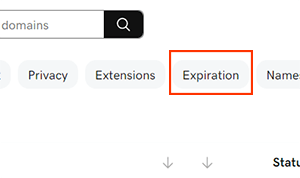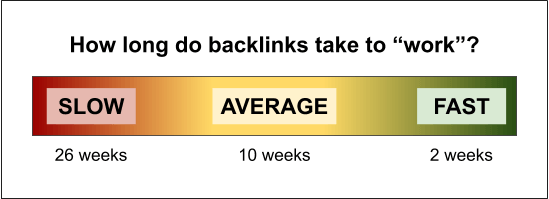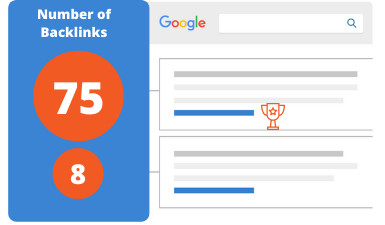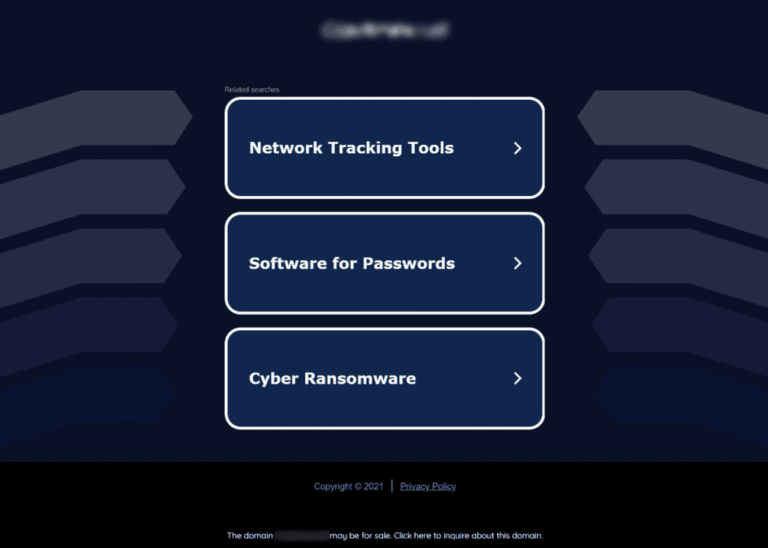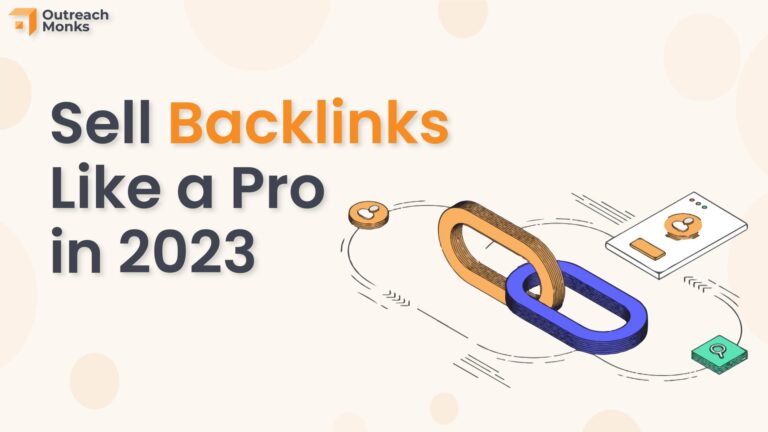Can Backlinks Hurt Your Site? Backlinks are one of the most important factors that influence your website’s search engine ranking. They are created when one website links to another website. The more high-quality backlinks a website has, the more likely it is to rank higher in search engine results pages (SERPs). However, not all backlinks are created equal, and some can actually hurt your site’s ranking.
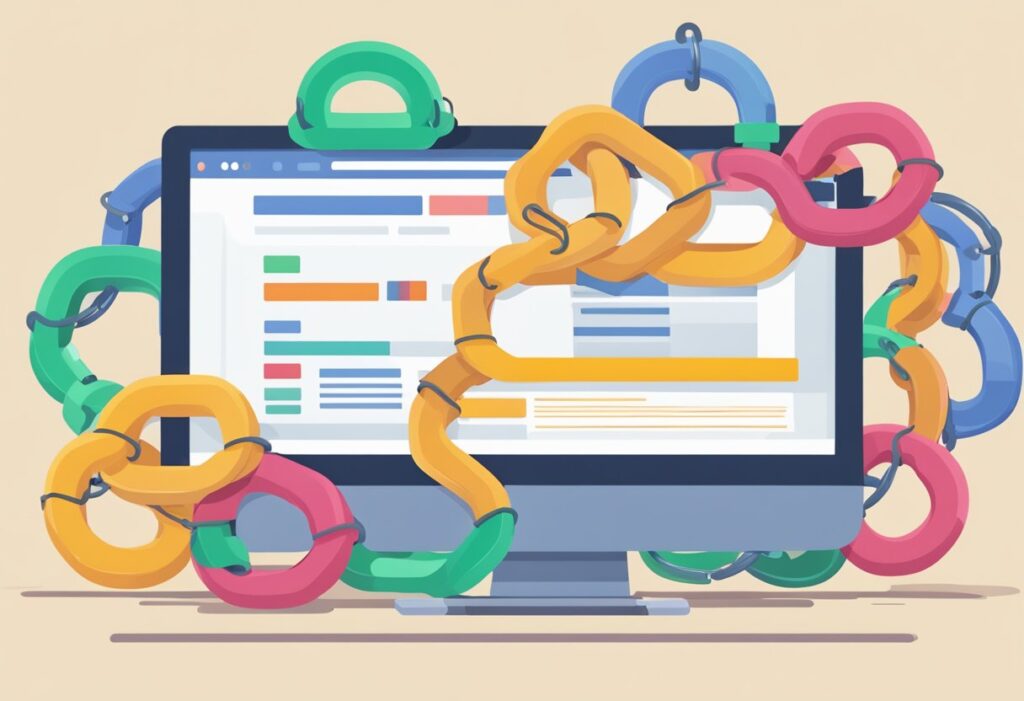
The question of whether backlinks can hurt your site is a complex one. While it’s true that backlinks are an important factor in determining your site’s ranking, not all backlinks are created equal. Some backlinks can actually hurt your site’s ranking if they come from low-quality or spammy websites. These types of backlinks are known as toxic backlinks, and they can harm your site’s reputation with search engines.
Understanding Backlinks
What Are Backlinks?
As a website owner, I’m sure you’ve heard the term “backlinks” before. But what exactly are they? In simple terms, backlinks are links that point from one website to another. They are also known as inbound links or incoming links.
Backlinks are an important part of off-site SEO. Search engines like Google use backlinks to determine the authority and relevancy of a website. The more high-quality backlinks a website has, the more likely it is to rank higher in search engine results pages (SERPs).
The Role of Backlinks in SEO
Backlinks play a crucial role in SEO. They are one of the most important ranking factors for search engines. When a website has a lot of high-quality backlinks, it signals to search engines that the website is trustworthy and authoritative.
However, not all backlinks are created equal. Some backlinks can actually hurt your website’s SEO. These are known as toxic backlinks. Toxic backlinks are links from low-quality or spammy websites. If your website has too many toxic backlinks, it can harm your ranking in search engine results pages.
That’s why it’s important to regularly audit your backlinks and disavow any toxic ones. By doing so, you can maintain your website’s integrity and ensure that it continues to rank well in search engine results pages.
Risks of Negative Backlinks
As much as backlinks can help your site, they can also hurt it. Negative backlinks, also known as toxic backlinks, are links from spammy or low-quality websites that can harm your site’s ranking and reputation. In this section, I will discuss the risks of negative backlinks and their impact on your site.
Spammy Links and Their Impact
Spammy links are links from websites that violate Google’s guidelines for link schemes. These links are often acquired through black hat SEO techniques such as buying links, link exchanges, and link farms. These links can harm your site’s ranking and reputation by associating it with spammy websites.
Spammy links can also affect your site’s traffic and user experience. If a user clicks on a spammy link and lands on a low-quality or irrelevant website, they are likely to leave immediately, increasing your site’s bounce rate. This can signal to search engines that your site is not providing value to users, leading to a drop in ranking.
Google Penalties for Unnatural Links
Google penalties are punishments issued by Google for violating its guidelines. Unnatural links are one of the most common reasons for Google penalties. If Google detects that your site has unnatural links, it may issue a manual penalty or an algorithmic penalty.
A manual penalty is issued by a Google employee after reviewing your site’s backlinks and determining that they violate Google’s guidelines. An algorithmic penalty is issued by Google’s algorithms when they detect a pattern of unnatural links pointing to your site.
Google penalties can have a severe impact on your site’s ranking and traffic. If your site receives a penalty, it may be removed from Google’s search results entirely, making it difficult for users to find your site.
In conclusion, negative backlinks can harm your site’s ranking and reputation. It is essential to monitor your site’s backlinks regularly and disavow any negative backlinks to protect your site from the risks of negative backlinks.
Identifying Harmful Backlinks
As I mentioned earlier, harmful backlinks can negatively impact your website’s ranking and visibility in search engine results pages. To ensure that your website is not penalized by search engines, it’s important to identify and remove any toxic backlinks. Here are some ways to do that:
Tools for Backlink Analysis
There are several tools available that can help you analyze your backlinks and identify any harmful links. Some of the popular tools include:
These tools can help you identify the number of backlinks your website has, the quality of those links, and any toxic links that may be harming your website’s ranking.
Evaluating Link Quality
Once you have identified your backlinks, it’s important to evaluate the quality of those links. Here are some factors to consider when evaluating link quality:
- Relevance: The link should be relevant to your website’s content and niche. Links from irrelevant websites can be harmful.
- Authority: The linking website should be authoritative and trustworthy. Links from low-quality websites can be considered toxic.
- Anchor text: The anchor text of the link should be natural and relevant. Over-optimized anchor text can be considered spammy.
- Placement: The placement of the link on the linking website should be natural. Links placed in the footer or sidebar can be considered spammy.
By evaluating the link quality and identifying any toxic links, you can take action to remove those links and improve your website’s ranking and visibility in search engine results pages.
Mitigating the Risks
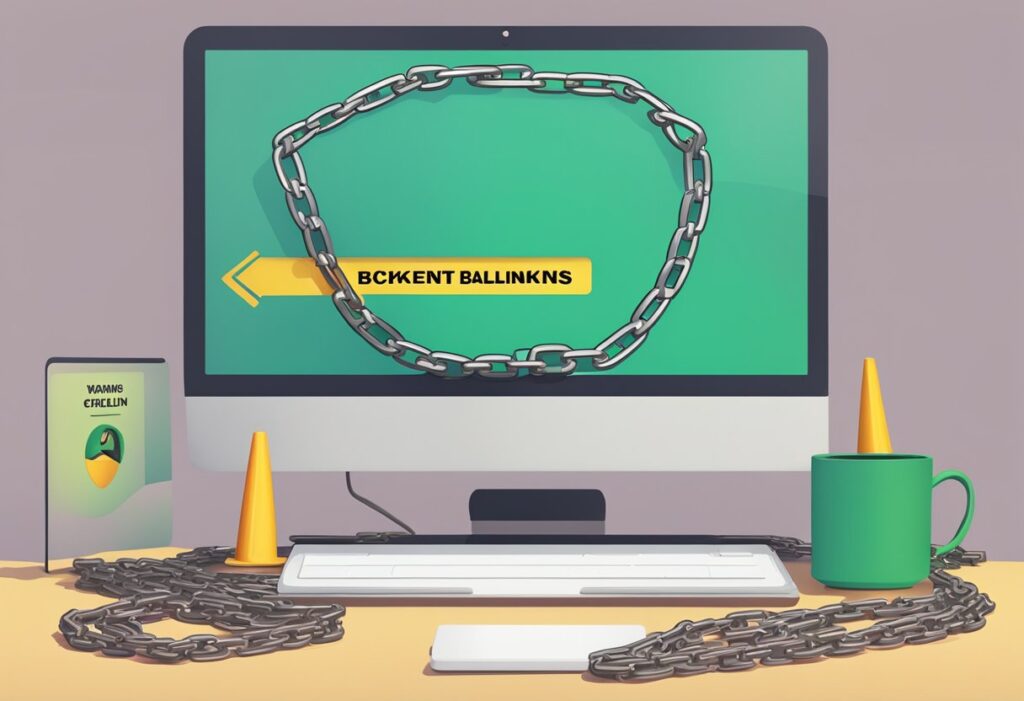
When it comes to backlinks, it’s important to remember that quality is better than quantity. While a healthy backlink profile can improve your website’s visibility and search engine ranking, toxic backlinks can hurt your site. Fortunately, there are several ways to mitigate the risks of toxic backlinks.
Disavowing Toxic Links
One way to mitigate the risks of toxic backlinks is to disavow them. Disavowing a link means telling search engines to ignore it when they crawl your site. This is a useful tool for removing toxic backlinks that you can’t get removed manually.
To disavow a link, you’ll need to create a list of the links you want to disavow and upload it to Google Search Console. It’s important to be careful when disavowing links, as disavowing too many links can hurt your site’s search engine ranking.
Building a Healthy Backlink Profile
Another way to mitigate the risks of toxic backlinks is to build a healthy backlink profile. This means focusing on high-quality backlinks from reputable sources.
To build a healthy backlink profile, start by creating high-quality content that people will want to link to. You can also reach out to other websites in your niche and ask for a link. Building relationships with other website owners can also help you get more high-quality backlinks.
It’s important to remember that building a healthy backlink profile takes time and effort. There are no shortcuts to building a strong backlink profile, but the rewards are worth it. By focusing on quality over quantity and being careful about the links you disavow, you can mitigate the risks of toxic backlinks and improve your site’s search engine ranking.


